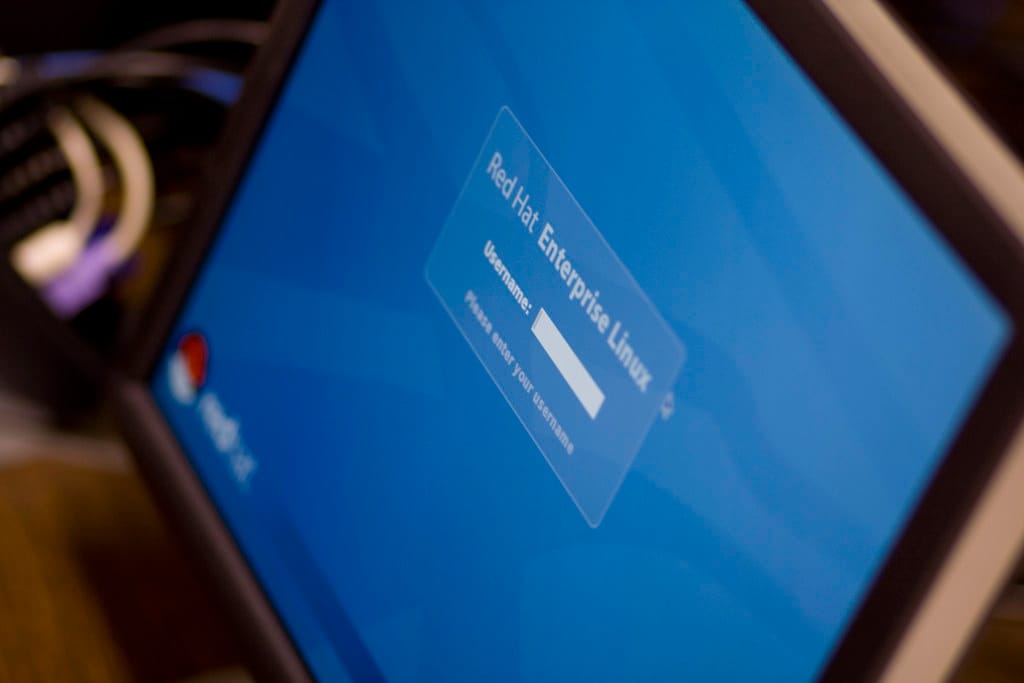Red Hat Breaks New Ground: Free Enterprise Linux Access for Developers Transforms Open Source Landscape
In a landmark move that could reshape the enterprise Linux ecosystem, Red Hat has announced it will provide developers with free access to Red Hat Enterprise Linux (RHEL) for production business use, marking a significant shift in the company's traditionally subscription-based model.
The decision, announced at Red Hat Summit 2021, represents one of the most substantial changes to enterprise Linux distribution in over two decades. By removing cost barriers for individual developers and small teams, Red Hat is positioning itself to capture a new generation of developers while strengthening its competitive position against emerging alternatives.
What's Changed: Breaking Down the New Access Model
Under the new program, individual developers can now access up to 16 RHEL systems for production use at no cost. This represents a dramatic departure from Red Hat's previous model, where even development use required paid subscriptions after a limited trial period.
The free tier includes:
- Full access to Red Hat Enterprise Linux 8 and 9
- Red Hat Universal Base Images
- Red Hat Developer Tools
- Access to Red Hat's extensive documentation and knowledge base
- Community support through Red Hat's developer forums
Previously, developers wanting to use RHEL for anything beyond basic testing needed to purchase subscriptions starting at $349 per year per system. This cost barrier often pushed developers toward free alternatives like CentOS, Ubuntu, or newer distributions like Rocky Linux.
Strategic Implications: Why Now?
Red Hat's timing isn't coincidental. The company faced significant backlash in 2020 when it announced the end-of-life for CentOS Linux, a free, community-supported version of RHEL that had served as a crucial on-ramp for many developers entering the Red Hat ecosystem.
The CentOS controversy created an opportunity for competitors. Rocky Linux, launched by CentOS co-founder Gregory Kurtzer, attracted thousands of users seeking a free RHEL alternative. Similarly, other distributions like AlmaLinux gained traction by promising bug-for-bug compatibility with RHEL.
"This move allows Red Hat to recapture developer mindshare that was potentially lost during the CentOS transition," explains industry analyst Sarah Chen from CloudTech Research. "By giving developers free access to the actual RHEL distribution, they're removing the incentive to switch to alternatives."
Developer Impact: Lowering the Innovation Barrier
For developers, this change eliminates a significant friction point in the development-to-production pipeline. Previously, applications developed on free alternatives needed additional testing and validation when deployed on RHEL systems, creating potential compatibility issues and deployment delays.
The new model enables developers to:
- Build and test applications on the same platform used in production
- Develop expertise with Red Hat's tools and ecosystem without upfront costs
- Create proof-of-concept projects without budget approval processes
- Seamlessly transition from development to enterprise deployment
Small businesses and startups particularly benefit from this change. Companies that previously couldn't justify RHEL subscription costs can now standardize on Red Hat's platform from day one, potentially reducing long-term migration costs and complexity.
Market Dynamics: The Broader Competitive Landscape
Red Hat's move reflects broader changes in the enterprise software market, where vendors increasingly use freemium models to drive adoption. Microsoft's Visual Studio Code, Amazon's AWS Free Tier, and Google's Cloud Free Tier all demonstrate how free access to enterprise-grade tools can drive long-term commercial success.
The strategy also aligns with Red Hat's position as a subsidiary of IBM, which acquired the company for $34 billion in 2019. IBM's broader hybrid cloud strategy relies heavily on Red Hat's technologies, making developer adoption a strategic imperative beyond Red Hat's immediate revenue concerns.
Looking Forward: Implications for the Enterprise Linux Ecosystem
This policy change will likely accelerate RHEL adoption among individual developers and small teams, potentially creating a larger pool of RHEL-experienced developers in the job market. For enterprises, this could mean easier recruitment and reduced training costs when hiring developers already familiar with Red Hat's ecosystem.
However, the move also raises questions about Red Hat's long-term monetization strategy. While the company clearly bets that free developer access will drive enterprise sales, the success of this model depends on effectively converting free users to paid customers as their needs scale.
The Bottom Line
Red Hat's decision to provide free enterprise Linux access represents a calculated risk that could pay significant dividends. By removing cost barriers for developers, the company is investing in its long-term ecosystem while addressing competitive pressures from free alternatives.
For developers and small businesses, this change offers unprecedented access to enterprise-grade Linux infrastructure without upfront costs. The real test will be whether Red Hat can successfully convert this expanded user base into sustainable enterprise revenue while maintaining the quality and support that enterprise customers expect.
This move signals that even in the enterprise software market, free access is becoming table stakes for developer adoption—a lesson that could reshape how enterprise software companies approach their go-to-market strategies.
